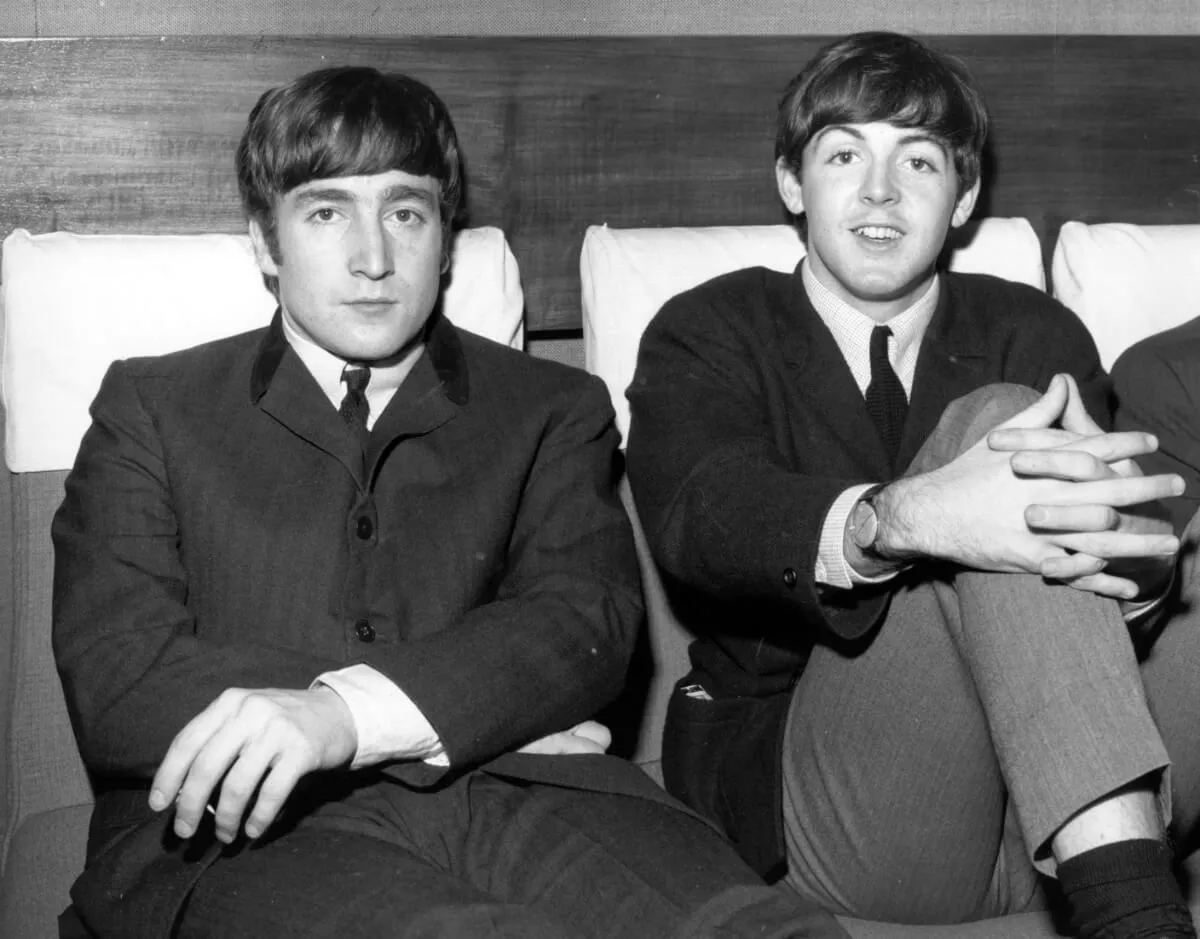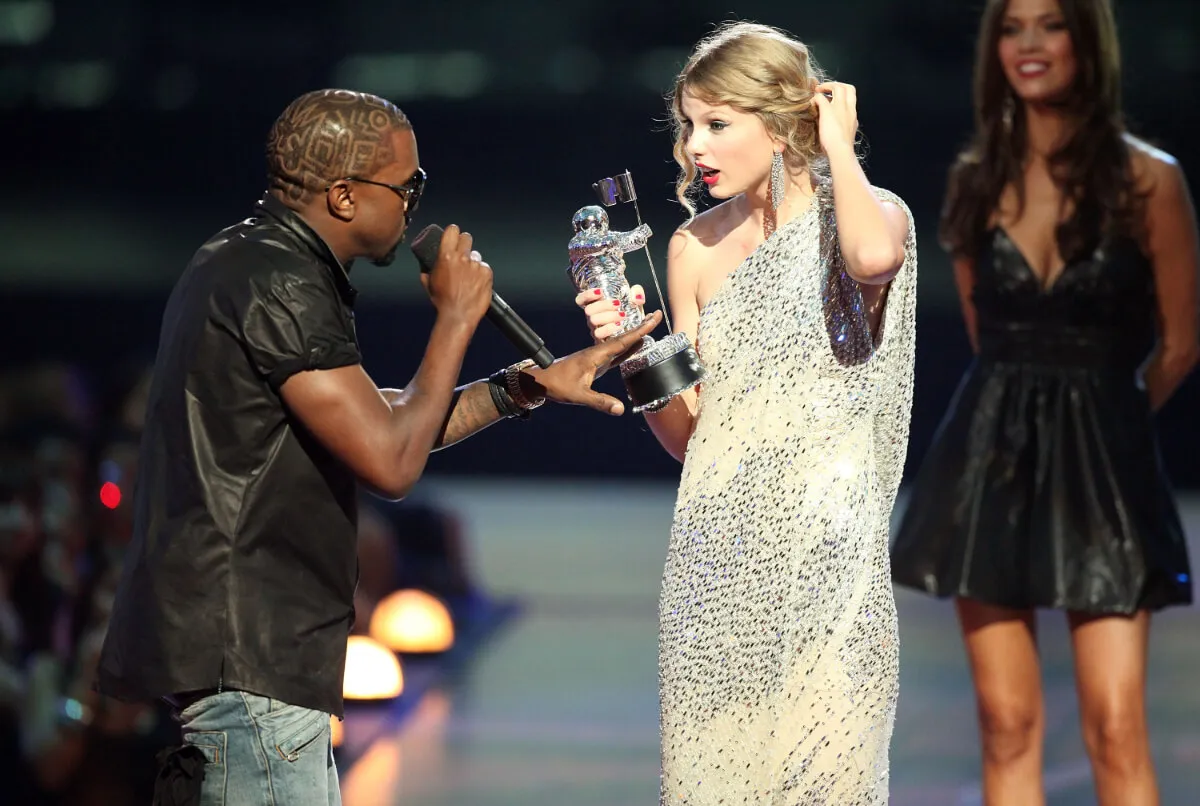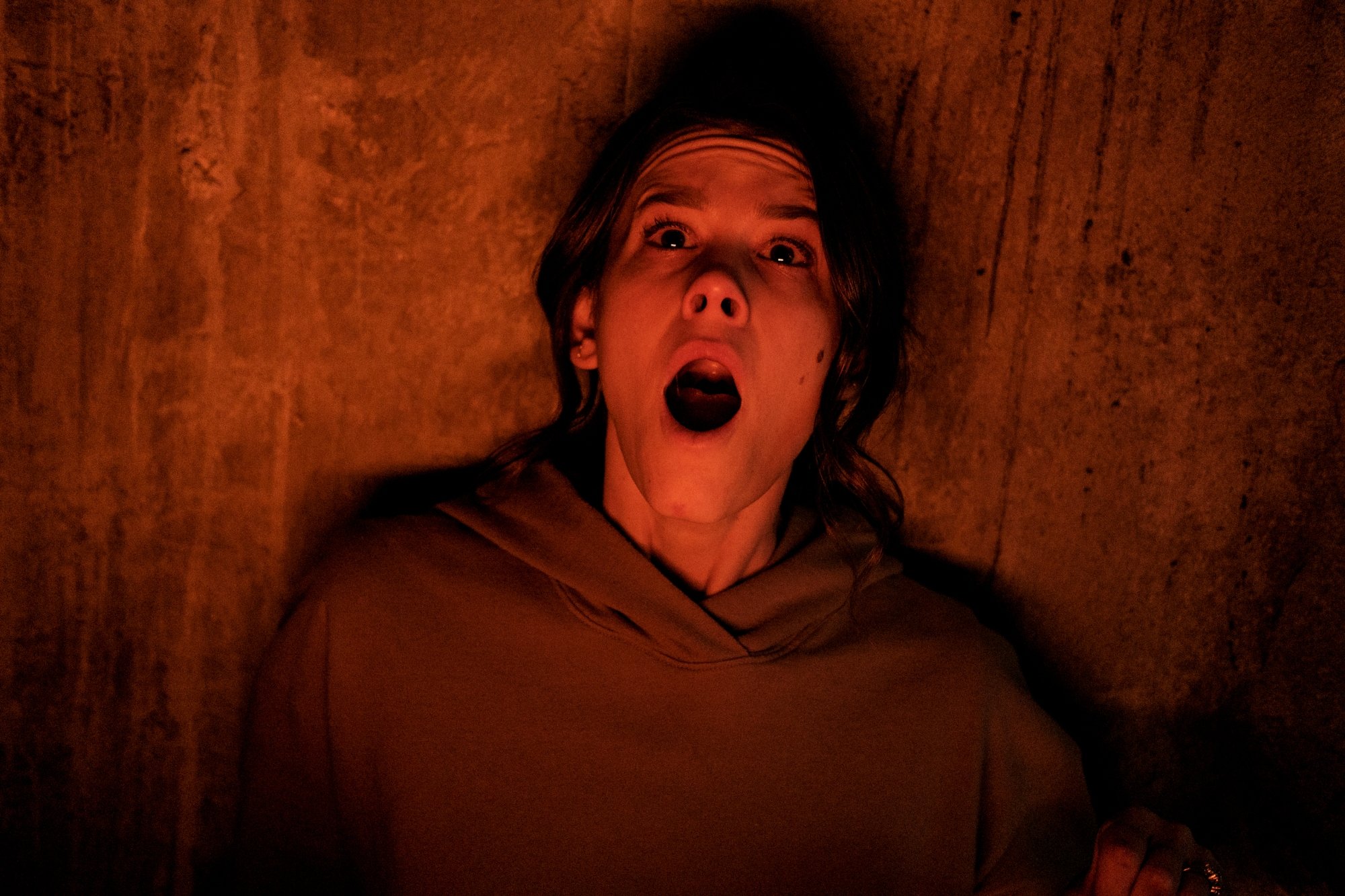
‘Smile’ Movie Review: J-Horror Inspired Trauma Premise Takes a Predictable Path
J-horror, or Japanese horror, impacted the genre on a massive scale after titles such as 1998’s Ring and 2002’s Ju-On: The Grudge haunted audiences. American remakes followed, but original concepts also continued to pull inspiration from the bone-chilling supernatural entities. Parker Finn’s Smile generates moments of fear and comedy, although it never quite manages to find its footing to transform those moments into a cohesive trip.

‘Smile’ is a viral countdown to death
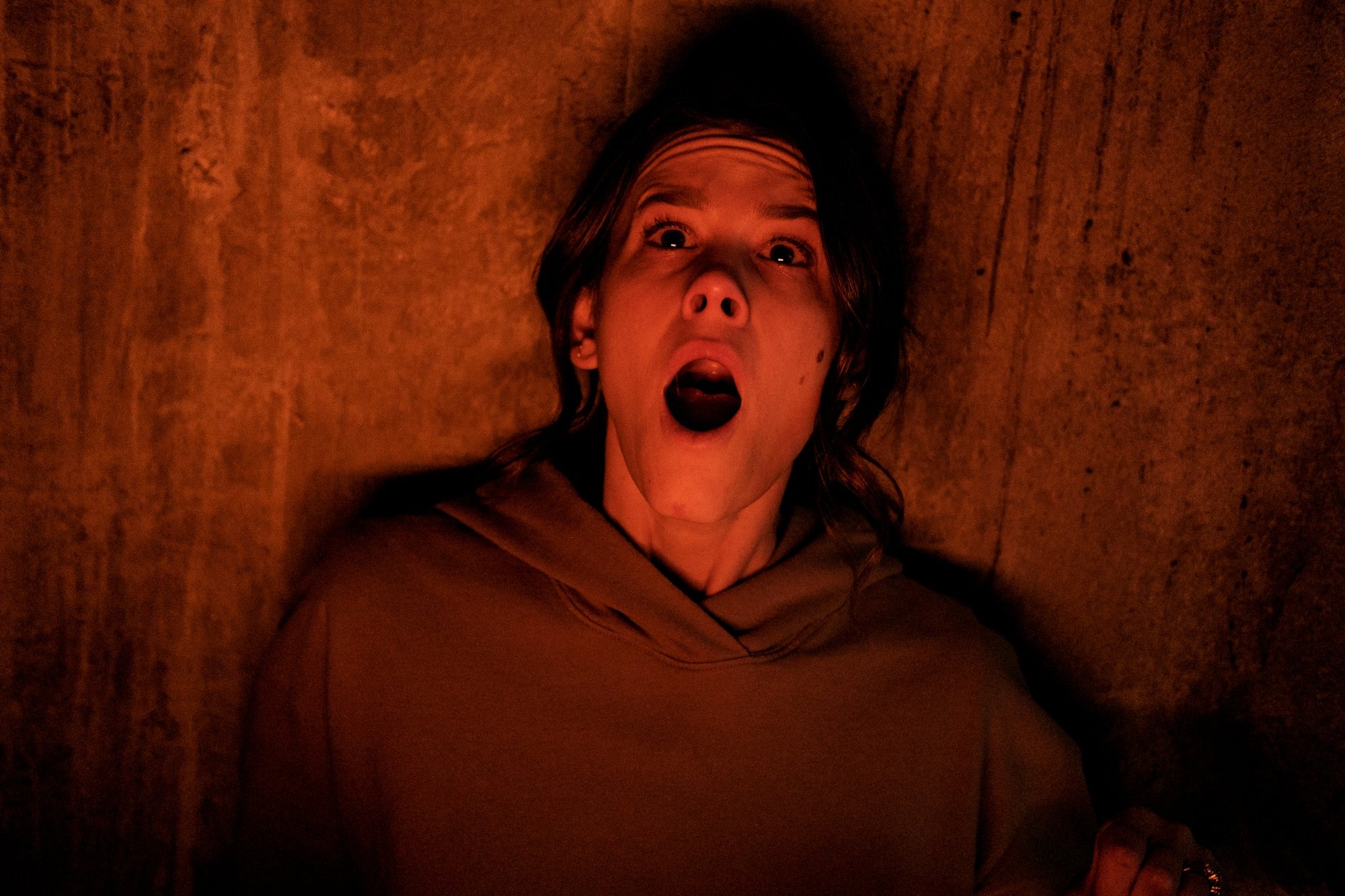
Dr. Rose Cotter (Sosie Bacon) works as a therapist in a hospital, constantly pushing herself to help all those who enter the emergency room in need of her aid. However, she encounters a particularly strange case in Laura Weaver (Caitlin Stasey), who desperately asks for help against a supernatural entity that won’t stop following her in the form of a human appearance with a terrifying grin. She commits suicide right in front of Rose, changing her life forever.
Smile finds Rose unable to shake the haunting smile on Laura’s face as she died. Soon, she begins to experience the same signs of the entity’s presence. Rose must confront her own personal demons if she hopes to find a way to save her own life and stop this supernatural being from claiming more innocent lives.
Writer/director Parker Finn tackles the manifestation of deep-rooted trauma
Finn incorporates two very different tones over the course of Smile. The beginning is quite grim and dark, but the more the story unravels, the more comedic it becomes. The screenplay undoubtedly has an intentional dark sense of humor that looms over its premise involving unnerving smiles. However, Smile isn’t afraid to go full camp in its second half, totally dismissing all of the unsettling suspense that it built up prior.
Rose yearns to help her patients, often sacrificing self-care and other aspects of her personal life to help more people. However, it eventually begins to take its toll, and makeup can only cover the dark rings under her eyes for so long. The hospital’s bureaucratic process stands in the way of giving her patients the proper care, as authoritative figures deem them as “crazies” and society’s unwanted. Nevertheless, this doctor sees their value and is determined to put them on their road to recovery.
At its core, Smile is about the personal journey to coping with trauma and society’s perception of mental health. Rose is accustomed to looking in from the outside as a therapist, but she always neglected her own hardships that ultimately begin to isolate her from her closest friends and family. One of her harmless patients constantly repeats a mantra about the inevitable truth of mortality, but now death comes for Rose, and she’s about to figure out the true horrors of trauma rearing its ugly head.
‘Smile’ is a predictable J-horror-inspired house of terror
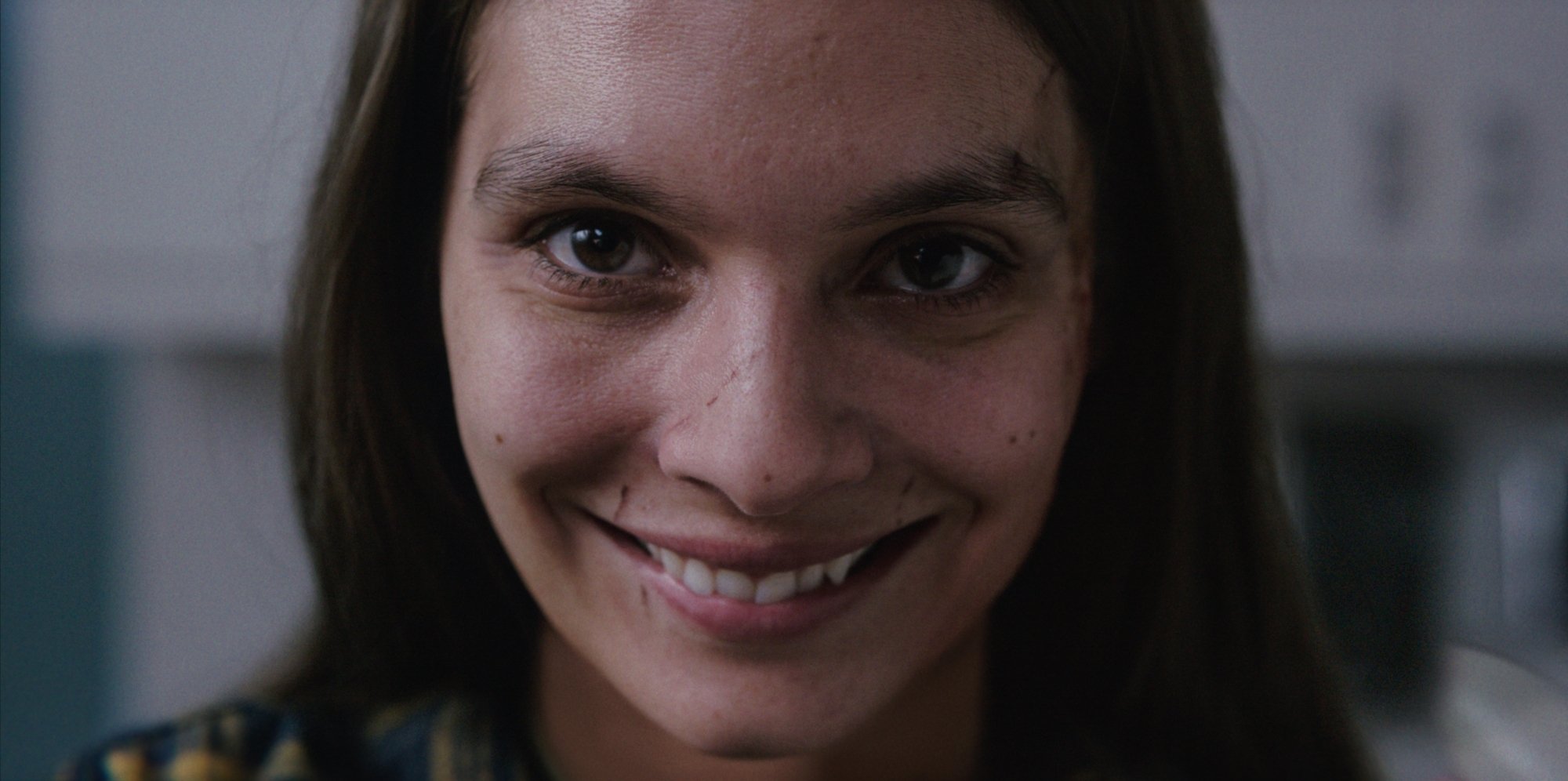
The most recent comparison to make to Smile is It Follows, although its resemblance to J-horror is much more apparent. Similar to those films, it’s most effective when the terror is shrouded in darkness. Finn’s direction utilizes the darkest corners of the screen rather well, delivering on a handful of tense moments. However, the more the film pushes its horrors into the light, the more it becomes a comedy.
Smile is a jump scare fiesta, taking full advantage of fake-out moments and real threats of danger to keep audiences on their toes. Unfortunately, the most effective and creative jolts are front-and-center in the trailers, taking away from moments that would have defined the movie’s theater-going experience. Composer Cristobal Tapia de Veer’s score is occasionally reminiscent of Christopher Young’s work on Sinister, offering skittering and discomforting notes to make the hairs on the back of your neck stand up.
The smiling face takes the place of the stereotypical masked killer, offering the antagonistic figure an ever-changing appearance that gives the impression that it could appear anywhere at any time. The grin gimmick will recall Blumhouse’s Truth or Dare, albeit much less exaggerated. Smile is at its best when operating a “less is more” approach, allowing the dark spaces to encompass the audience in fear. Predictable plot beats and an uneven tone muddle a concept that could have been much more terrifying.
Smile grins exclusively in theaters starting on Sept. 30.
How to get help: In the U.S., call the 988 Suicide & Crisis Lifeline by dialing 988 or 1-800-273-8255. Or text HOME to 741-741 to speak with a trained crisis counselor at the free Crisis Text Line.

